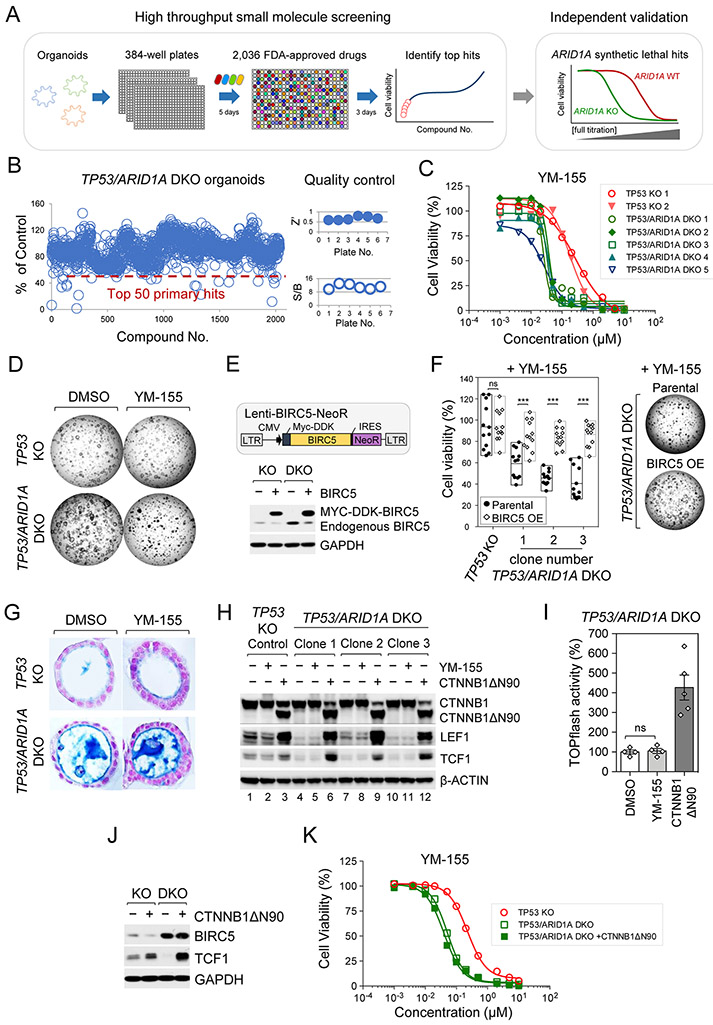Figure 6. ARID1A deletion confers therapeutic vulnerability to BIRC5/survivin inhibition.
A, High-throughput small molecule and bioactive screening in engineered organoids. B, Histogram of high-throughput screening of an FDA-approved small molecule compound library (2,036 compounds) in TP53/ARID1A DKO organoids. Organoids were dissociated into smaller clusters, re-plated into 384-well plates, and cultured for 5 days before drug treatment. Cell viability was quantified 3 days after compound treatment. The signal-to-background (S/B) ratio and Z’ indicated robust assay performance. The top 50 primary hits are indicated below the dashed red line and were selected for counter screening. C, YM-155, a BIRC5/survivin inhibitor, exhibited ARID1A-specific synthetic lethality. Fully-titrated counter screening for YM-155 was performed in two TP53 KO lines versus five additional TP53/ARID1A DKO clones. D, Brightfield images after organoid treatment with YM-155 (IC50, 0.03 μM) for 3 days. YM-155 selectively inhibited growth of TP53/ARID1A DKO but not TP53 KO organoids. E, Establishment of stable BIRC5 over-expressing BIRC5/TP53 KO and BIRC5/TP53/ARID1A DKO organoid lines. After antibiotic (Neomycin) selection, BIRC5 expression was confirmed by immunoblot analysis. F, Constitutive expression of BIRC5 rescued the YM-155-associated sensitivity in TP53/ARID1A DKO organoids. Organoids were treated with YM-155 (IC50, 0.03 μM) for 3 days. Three independent experiments (N=3) were performed. G, YM-155 treatment did not alter mucin production in TP53/ARID1A DKO organoids. Alcian blue staining. Nuclei were counterstained by nuclear fast red. H, Western immunoblotting analysis indicated that a gain-of-function β-catenin mutant (CTNNB1ΔN90) was sufficient to induce Wnt/β-catenin targets, LEF1 and TCF1; however, YM-155 treatment did not affect Wnt/β-catenin activity. I, YM-155 IC50 treatment (0.03 μM) did not affect Wnt/β-catenin-induced TOPflash reporter activity. Quantification of luciferase activity from independent experiments (N=4) is shown. Luciferase activity was normalized to DMSO treatment. A gain-of-function β-catenin mutant (CTNNB1ΔN90) organoid line was used as the positive control. J, Lentiviral expression of CTNNB1ΔN90 did not rescue the BIRC5 expression, Western blot. K, Lentiviral expression of CTNNB1ΔN90 did not rescue the selective YM-155 sensitivity of ARID1A-deficient cells. Fully-titrated YM-155 treatment was performed in TP53 KO versus TP53/ARID1A DKO and TP53/ARID1A DKO plus CTNNB1ΔN90 organoid clones. Alamar blue, three independent experiments (N=3).

